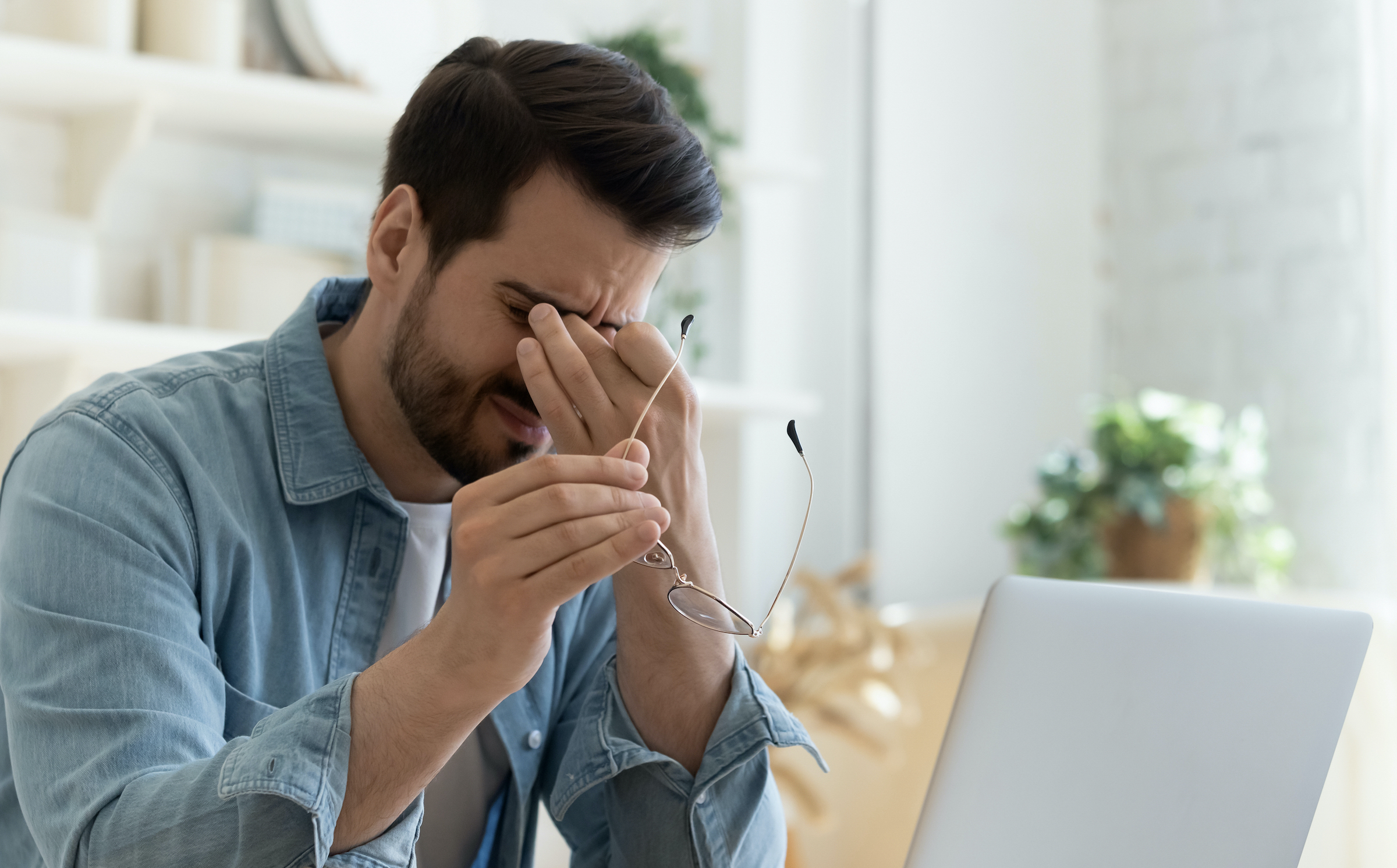Dry Eyes
What is Dry Eye?
Some people do not produce enough tears or the appropriate quality of tears to keep the eye healthy and comfortable. This is known as dry eyes.
Tears are produced by two different methods. One method produces tears at a slow, steady rate and is responsible for normal eye lubrication. The other method produces large quantities of tears in response to eye irritation or emotions.
A healthy eye constantly produces tears that lubricate. Excessive tearing occurs when a foreign body, or dryness, irritates the eye, or when a person cries.
The usual symptoms of dry eye include excessive tearing; stinging or burning eyes; scratchiness; stringy mucus in or around the eyes; excessive eye irritation from smoke or wind; difficulty wearing contact lenses; decreased ability to read for an extended period of time.
Excess tearing from ” ” sounds illogical, but if the tears responsible for maintenance lubrication do not keep the eye wet enough, the eye becomes irritated. When the eye is irritated, the lacrimal gland produces a large volume of tears that overwhelm the tear drainage system. These excess tears then overflow from your eye.
Dry eye is often caused by the normal decrease in tear production as we age. Although dry eye can occur in both men and women at any age, women are most often affected. This is especially true after menopause. Dry eye is often treated by using drops called artificial tears. They lubricate the eyes and help maintain moisture. Artificial tears are available without a prescription. There are many brands on the market, so you may want to try several to find the one you like best. You can use the tears as often as necessary — once or twice a day or as often as several times an hour.
Dry Eye Treatment
Dr. Liang may also recommend temporarily or permanently closing the small ducts that drain tears away. The closure conserves your own tears and makes artificial tears last longer. This closure can be accomplished with punctal plugs.
